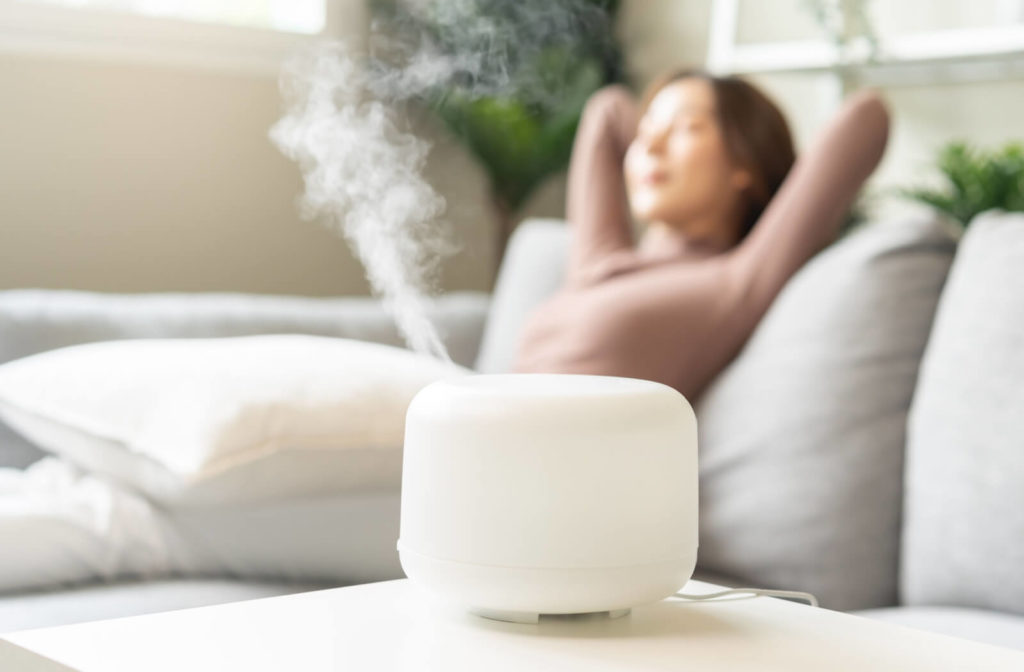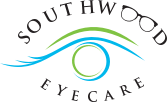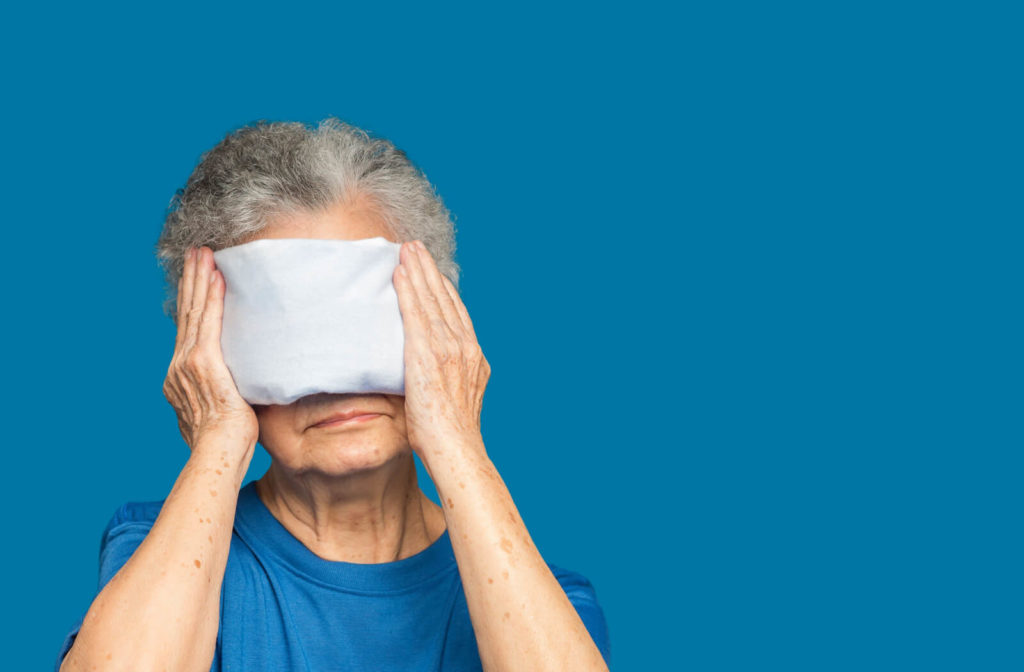Dry eye is a widespread problem that affects many people worldwide, but finding relief can be difficult. While numerous dry eye treatments are available, hot and cold compresses have been shown to provide significant relief for dry eye patients. But which is better, hot or cold?
Warm compresses are usually preferable for treating dry eye symptoms because they stimulate tear production and improve blood flow to the eyes. On the other hand, cold compresses are more effective at reducing acute pain, such as swelling and redness.
What Is Dry Eye?
Dry eye is a condition where your eyes don’t produce enough tears or the tears that are produced evaporate too quickly. Tears are necessary for keeping your eyes healthy.
They aid in lubrication, infection prevention, and keeping the surface of your eyes smooth and clear. Without sufficient tears, your eyes can become dry and uncomfortable, resulting in a variety of symptoms.
The symptoms of dry eye vary from person to person, but the following are common:
- Burning sensations in the eyes
- Stinging or pain in the eyes
- Blurred vision
- Sensitivity to light
- A feeling of something being stuck in your eye
- Redness in the eyes
- Excessive tearing (counterintuitive, but sometimes the eye compensates for the lack of tears by producing excess tears)
What Causes Dry Eye?
Several factors can increase your chances of developing dry eye, including:
- As we age, our eyes naturally produce fewer tears, increasing the risk of dry eye.
- Medical conditions such as Sjogren’s syndrome can increase your risk of dry eye.
- Antihistamines, decongestants, and antidepressants can reduce tear production and increase the risk of dry eye.
- People who spend long periods staring at a computer screen, reading, or engaging in other activities that require sustained visual attention are more likely to develop dry eyes.
If you suspect you have dry eye, you should consult an eye doctor, who can diagnose the condition and recommend the best treatment plan for you.

Tips for Dry Eye Relief
Dry eye can be a frustrating and unpleasant condition, but there are several things you can do at home to help manage its symptoms. Here are a few tips:
- Blink often: Blinking helps to distribute tears evenly across the surface of your eyes, which can help to alleviate dry eye symptoms.
- Use a humidifier: If the air in your home is dry, it can aggravate dry eye symptoms. Using a humidifier to add moisture to the air can help to relieve dry eye symptoms.
- Wear sunglasses: Sunglasses can protect your eyes from wind and sun, which can aggravate dry eye symptoms.
- Adjust your screen: If you spend a lot of time staring at a computer screen, try to move it so that it isn’t directly in front of your face. You should also consider purchasing an anti-glare screen to reduce eye strain.
Warm Compresses for Dry Eye Relief
Warm compresses are a simple and effective treatment for dry eyes. The heat from the compress stimulates tear production by increasing blood flow to the eyes.
As a result, the eyes are soothed, and discomfort and inflammation are reduced. Warm compresses can also aid in the removal of debris from the eyelashes, which can aggravate dry eye symptoms.
To use a warm compress, soak a clean cloth in warm water and place it over the eyes for 5–10 minutes. Use a warm compress as needed, but no more than twice a day. To avoid burning the sensitive skin around the eyes, use warm, not hot, water.
Artificial Tears for Dry Eye Relief
Artificial tears are a commonly used dry eye treatment. These over-the-counter solutions are intended to mimic the natural tears produced by your eyes.
They can also aid in the removal of any foreign particles or irritants that may be causing dry eye symptoms.
IPL Therapy for Dry Eye Relief
IPL (intense pulsed light) therapy is another effective treatment option for dry eyes. During IPL therapy, a device is used to deliver intense pulses of light to the eye’s surface, which can help increase blood flow and stimulate the production of tears.
Most people notice a significant improvement in their dry eye symptoms after only a few treatments. IPL therapy can provide long-term relief for many patients.
Radiofrequency (RF) Treatment for Dry Eye Relief
RF Forma is a procedure that delivers controlled radiofrequency energy to the skin around the eyes using a handheld device. This device heats the skin to stimulate collagen production and increase blood flow, which can improve the health of the tear film and reduce dryness.
The heat delivered by the handheld device may also melt the thick oil secretions blocking the meibomian gands, and reduce inflammation in the area.
Get Dry Eye Therapy
When it comes to treating dry eyes, there is something for everyone, from simple lifestyle changes and warm compresses to more advanced treatments like IPL therapy.
If you have dry eye symptoms, the best thing to do is book an appointment with Southwood Eyecare for a proper diagnosis and personalized treatment plan.




